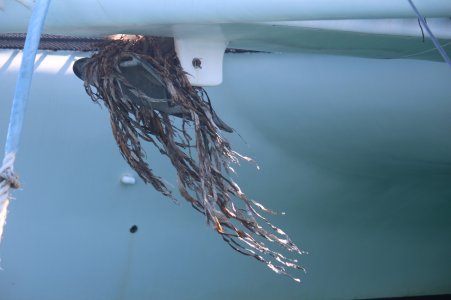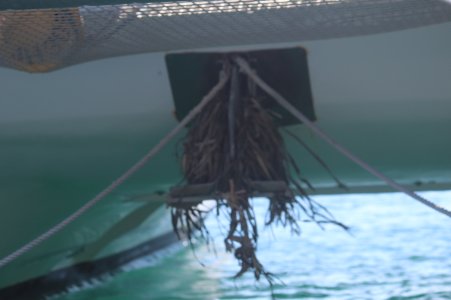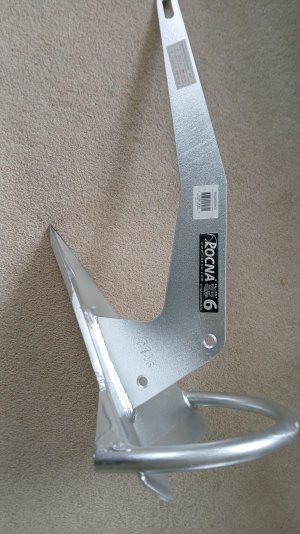lustyd
Well-Known Member
Because we're living in the future! The Internet largely makes it redundant, YouTube has all kinds of channels on future tech.why don't we have interesting progs like that anymore ??
I do agree it would be nice to see the pull at various angles and direction changes. The rode must be separated from this to test the anchor though, better to pull with a steel bar to control the angle and ensure accurate force measurements. Arguably it might be easier/better to move a big box of dirt and hold the anchor still if you were designing a good test.



